When it comes to artistic and technical applications, the choice of materials can significantly influence the outcome of a project. Among the myriad of options available, Mylar and tracing paper stand out as two popular choices, each with its unique properties and uses. In this article, we will delve into the fundamental differences between Mylar and tracing paper, exploring their composition, characteristics, and applications in various fields such as art, architecture, and design.
Understanding the Basics: Composition and Structure
Mylar is a brand name for a type of polyester film, specifically biaxially oriented polyethylene terephthalate (BoPET). This synthetic material is known for its durability, flexibility, and resistance to moisture, chemicals, and UV light. Mylar is available in various thicknesses and finishes, including matte and glossy, making it suitable for a wide range of applications.
In contrast, tracing paper is typically made from wood pulp or cotton fibers, resulting in a translucent, lightweight paper. It is designed to allow light to pass through, making it ideal for tracing images or designs. Tracing paper is available in various weights and textures, but it generally lacks the durability and moisture resistance found in Mylar.
Key Differences: Properties and Performance
- Durability and Longevity
Mylar is renowned for its exceptional durability. It is tear-resistant and can withstand the rigors of repeated handling, making it an ideal choice for projects that require longevity. In contrast, tracing paper is more fragile and can easily tear or crease, which may limit its use in long-term applications. - Transparency and Opacity
Both materials offer varying degrees of transparency, but Mylar typically provides a clearer view of the underlying surface. This clarity is particularly beneficial for artists and designers who require precise detail in their work. Tracing paper, while translucent, may not offer the same level of clarity, especially when it comes to fine details. - Surface Texture
Mylar has a smooth surface that allows for easy application of various media, including ink, markers, and paints. This smoothness can enhance the quality of the final artwork. Tracing paper, on the other hand, has a slightly textured surface that can affect the way certain media adhere to it, potentially leading to smudging or uneven application. - Moisture Resistance
One of the standout features of Mylar is its resistance to moisture. This characteristic makes it suitable for use in environments where humidity could damage traditional paper. Tracing paper, being more absorbent, can warp or degrade when exposed to moisture, limiting its usability in certain conditions.
Applications in Various Fields
Art and Illustration
Artists often choose Mylar for its durability and versatility. It can be used for overlays, stencils, and even as a substrate for mixed media projects. The clarity of Mylar allows artists to create intricate designs without losing detail. Tracing paper, however, remains a staple for sketching and preliminary designs, providing a quick and easy way to transfer images or ideas.
Architecture and Engineering
In the fields of architecture and engineering, Mylar is frequently used for creating durable blueprints and overlays. Its resistance to tearing and moisture makes it ideal for use in environments where plans may be exposed to the elements. Tracing paper, while still used for initial sketches and drafts, is often replaced by Mylar for final presentations due to its superior durability.
Crafts and DIY Projects
For crafters, Mylar offers a range of possibilities, from creating stencils to making durable templates. Its ability to withstand wear and tear makes it a preferred choice for projects that require repeated use. Tracing paper, with its lightweight nature, is often used for quick drafts and designs, allowing crafters to experiment without committing to more expensive materials.
Conclusion: Choosing the Right Material for Your Needs
In summary, the choice between Mylar and tracing paper ultimately depends on the specific requirements of your project. If durability, moisture resistance, and clarity are paramount, Mylar is the superior option. However, for quick sketches, drafts, or projects where cost is a concern, tracing paper remains an invaluable tool. Understanding the distinct characteristics of each material will empower artists, architects, and crafters to make informed decisions, ensuring that their creative visions are realized with precision and quality.
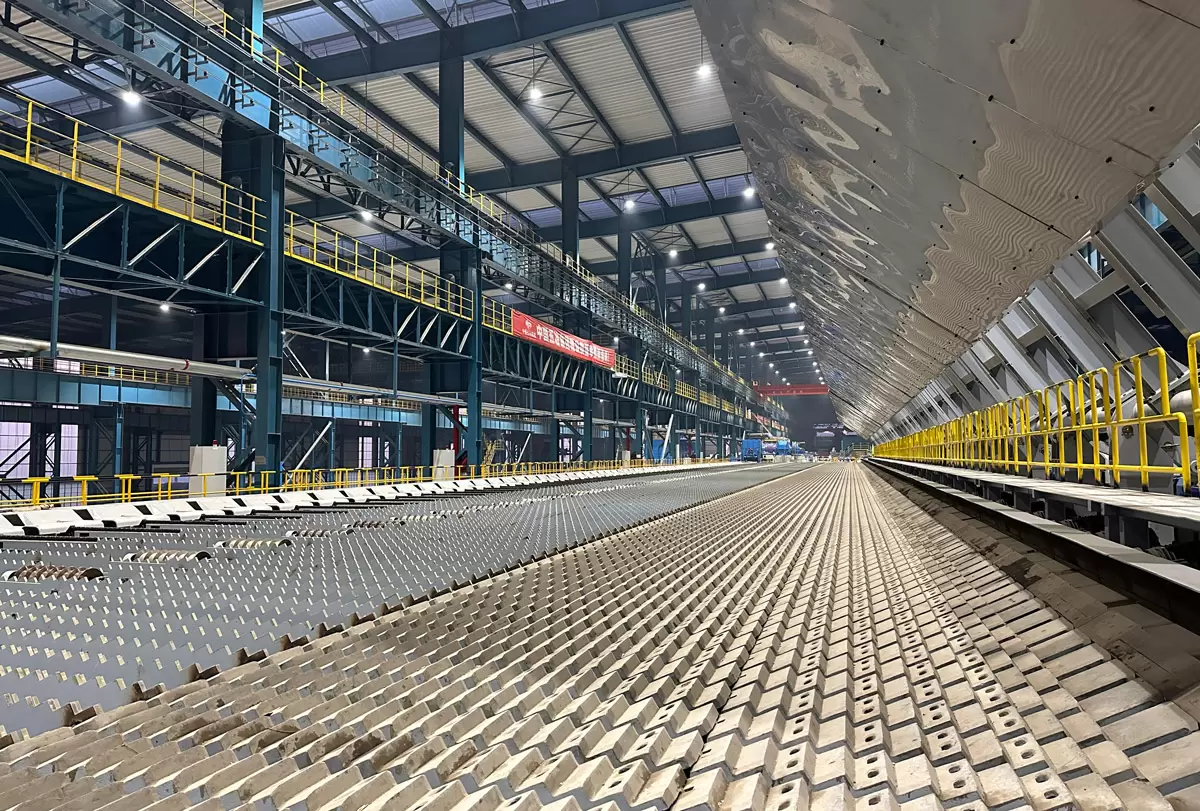

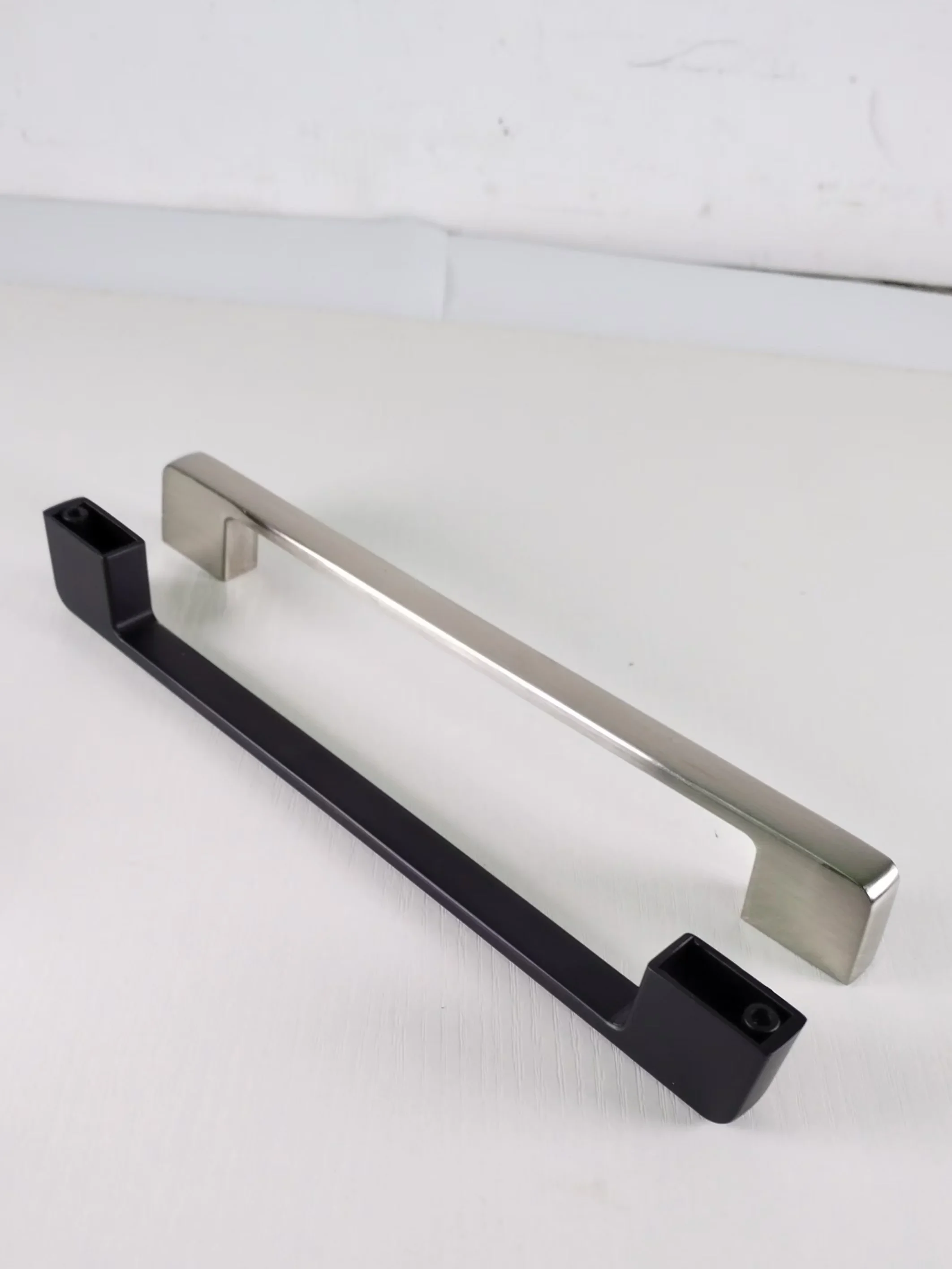
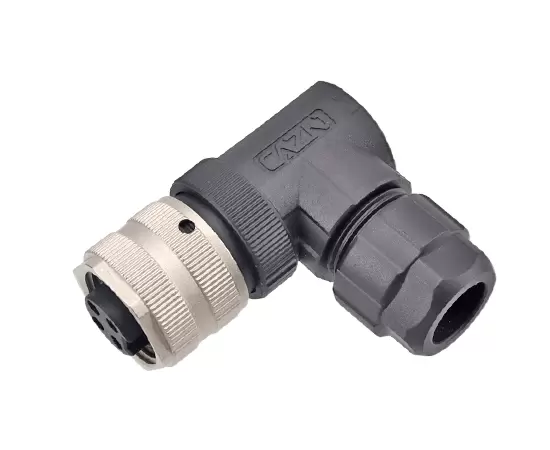
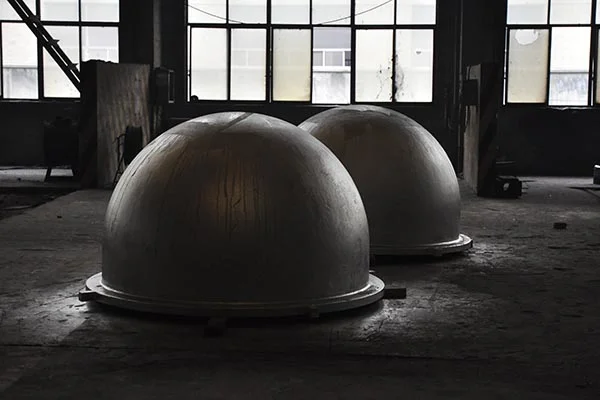
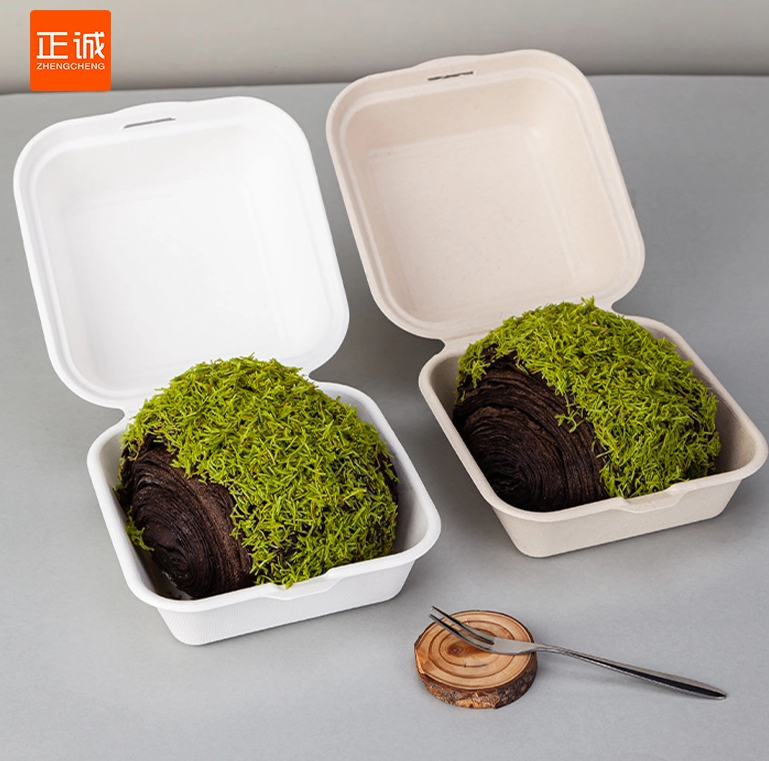
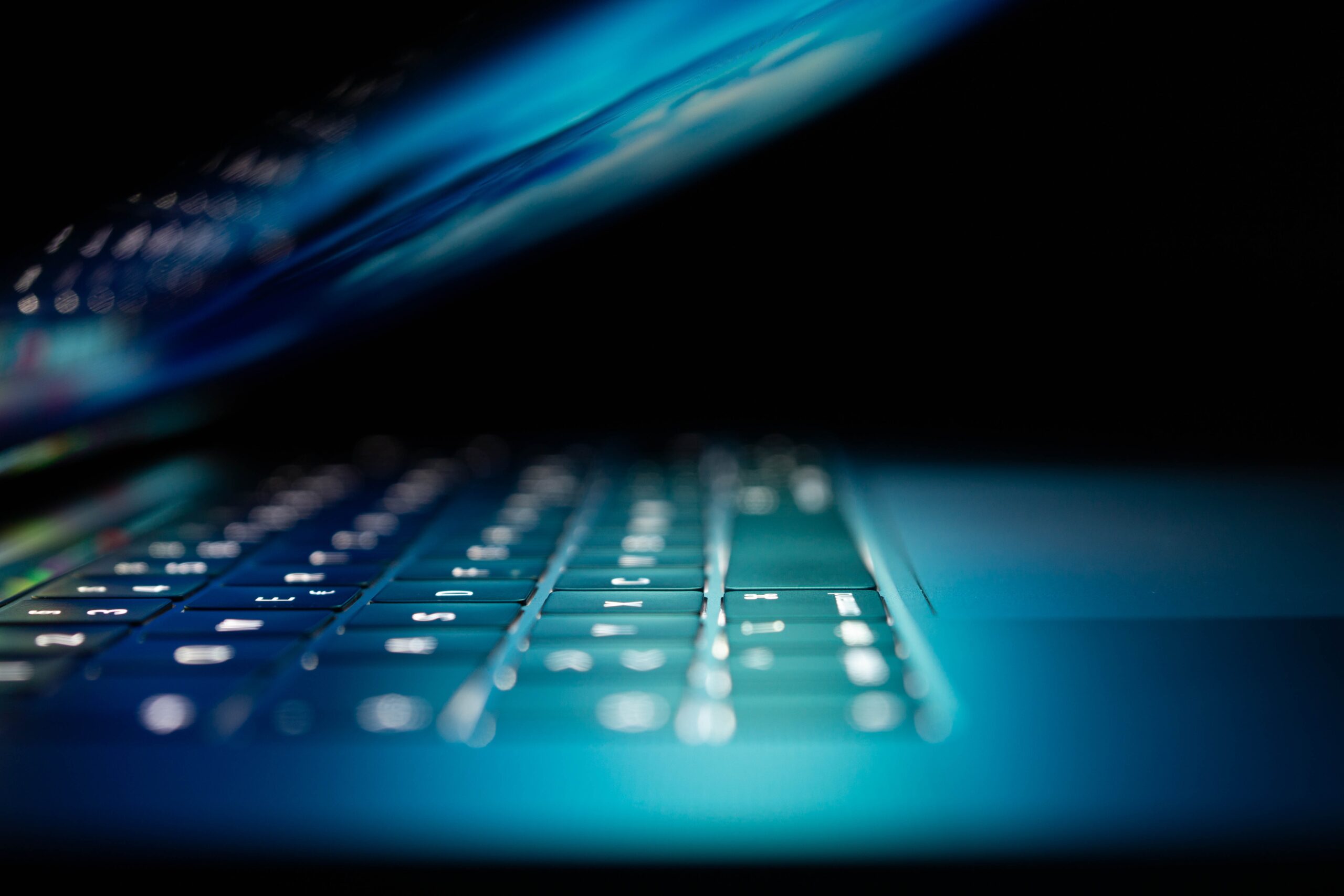
+ There are no comments
Add yours